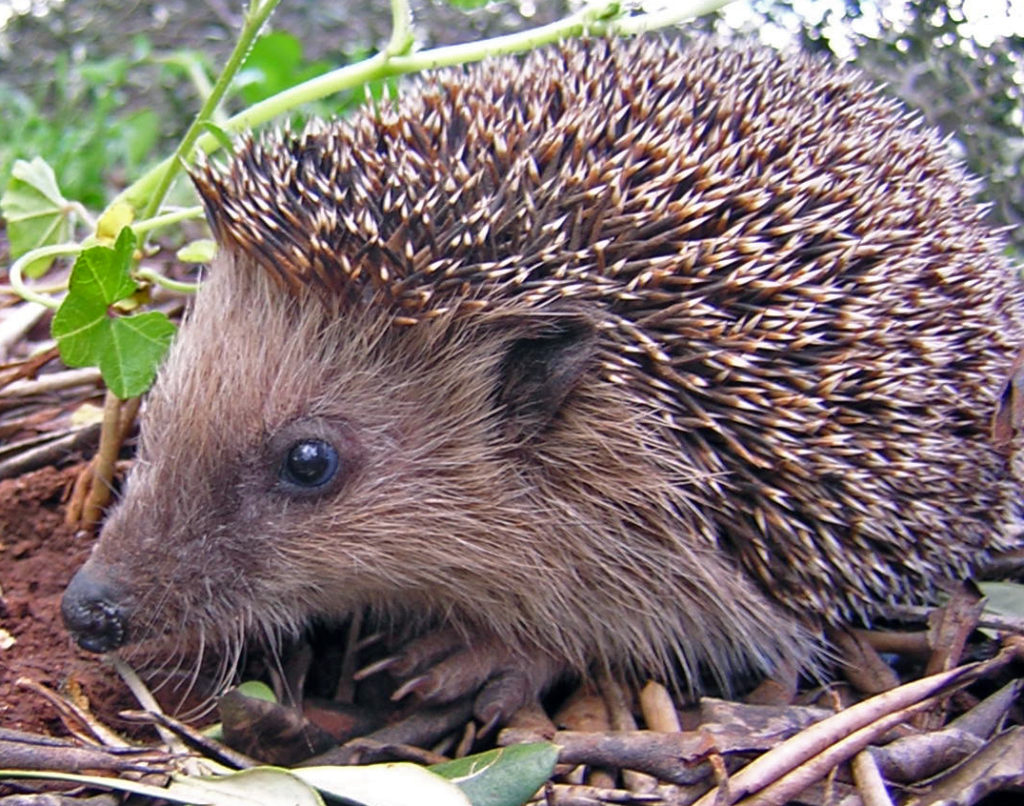I remember when hedgehogs were a very common sight in the village and it was possible to see three or four in the garden at any one time, but I haven’t seen one in Bishopsteignton (dead or alive) for years. The Hedgehog Preservation Society states that there is convincing evidence that hedgehog numbers are declining severely in Britain and that they seem to be doing just as badly in the wider countryside as they are in our towns and cities.
Badgers are often blamed for the decline of hedgehogs. In Bishopsteignton, the increase in badger sightings (I have seen three in June alone) does seem to correspond with the decline in hedgehogs. They are competitors for the same food, macroinvertebrates, mainly worms. Badgers may even eat hedgehogs as they are the only creature strong enough to overcome the spiny defences. However, badgers are unlikely to be the culprit to hedgehog decline as they are less capable than hedgehogs to venture into suburban areas and smaller gardens, so will not be in direct competition. In addition, until recently, badgers and hedgehogs have thrived in this environment for the last 10,000 years. According to Countryfile, there is nothing to support the idea that killing badgers will help hedgehog conservation[1]. Yet this is a message that is often promoted.
Other factors are therefore at work. Industrial agriculture and a widespread use of domestic pesticides by gardeners degrades the invertebrate fauna of gardens and fields. When there is less food available, the landscape has a reduced capacity to support hedgehogs and badgers, increasing competition. Hedgerow loss or degradation means there are fewer places for hedgehogs to make themselves a home. Fragmentation of habitat, by roads and garden fences, are also critical.
We can address some of these issues and the Hedgehog Street website gives a guide to helping these animals i.e. no one garden is enough; hedgehogs need streets and neighbourhoods of linked-up gardens if they are to survive because they travel around on mile a night. Leave a hole or two in your garden fence; 13cm is sufficient for any hedgehog to pass through. This will be too small for nearly all pets. Once the garden is linked to the wider landscape, try and introduce as many of these features as possible: log piles; compost heaps; leaf piles (no need to be so tidy!); overgrown corners; hedgehog houses, wildflower patches; and a pond (with a shallow edge so animals can get out). Try to avoid pesticides, which degrade the invertebrate prey hedgehogs feed on.

